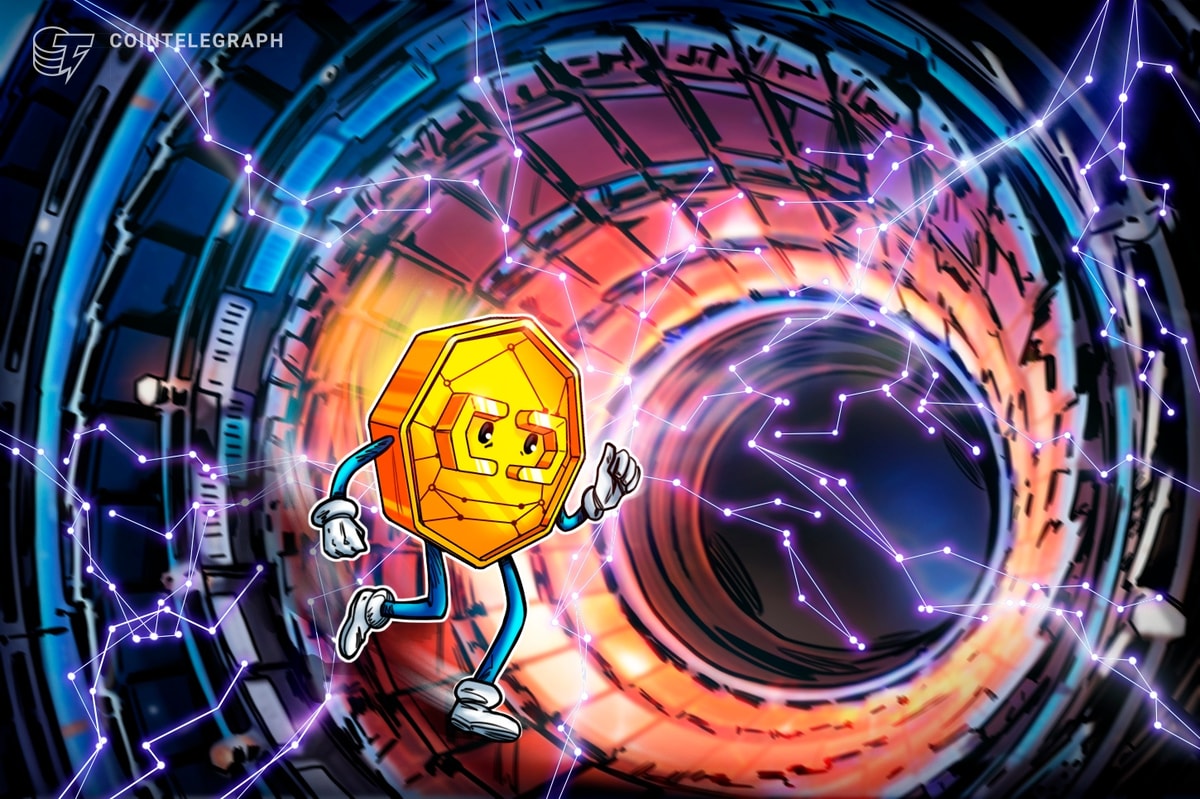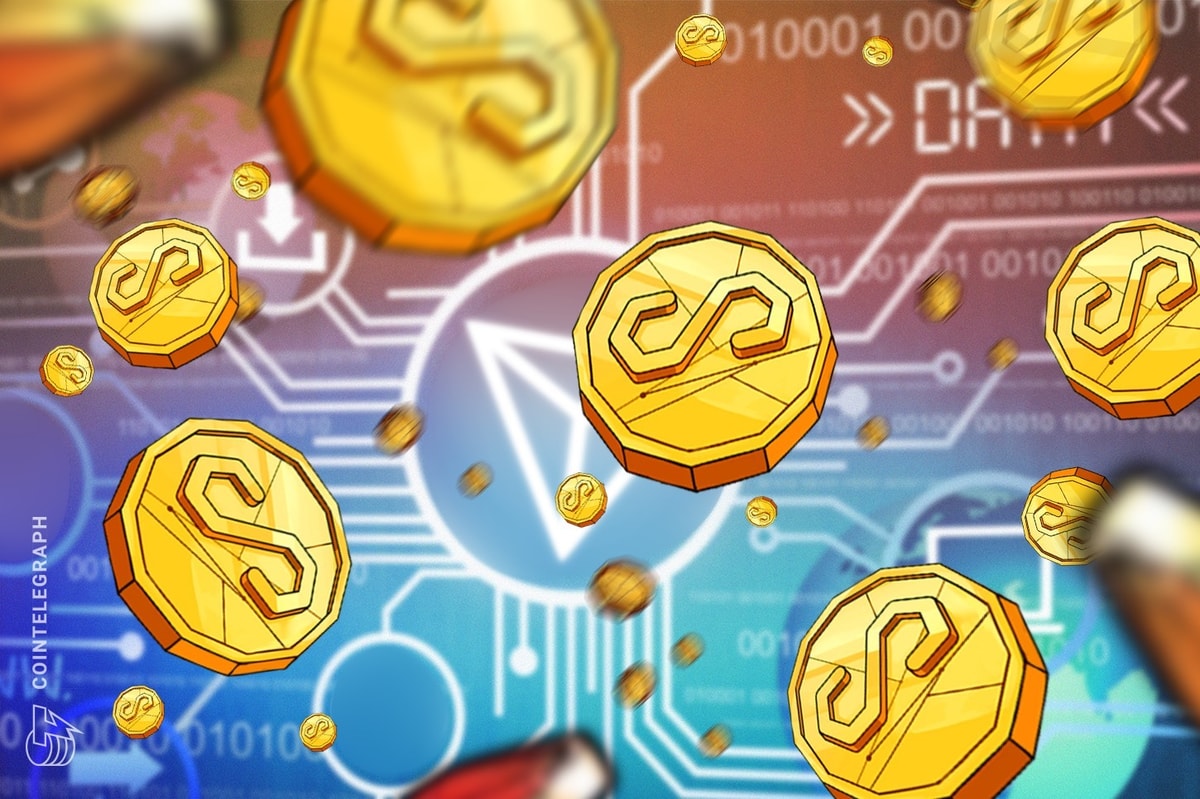Sui Research has introduced a cryptographic framework that could offer protection against quantum computing threats without requiring hard forks, address changes or key updates.
Cryptographer Kostas Chalkias wrote in a Monday X post that the recent research paper he co-authored with Sui Research constitutes “a major breakthrough in quantum transition of ‘some’ blockchains.” He explained that while the new approach would apply to Sui, Solana, Near, Cosmos and other networks, it would not apply to Ethereum and Bitcoin.
“As far as I know, this is the first backward-compatible quantum-safe upgrade path for blockchain wallets to avoid future forks or freezing accounts,” Chalkias said.
Dan Dadybayo, a researcher at Unstoppable Wallet, told Cointelegraph that this paper “is one of the most important cryptographic breakthroughs we’ve seen in recent years.” He explained that it enables quantum-safe wallet upgrades without requiring changes to addresses, re-signing or a hard fork.
A hard fork is a permanent change to a blockchain’s protocol that is not backward-compatible, meaning nodes running the old software can’t validate blocks created under the new rules.
Hard forks have the potential to be contentious and result in two separate networks if not fully adopted by network maintainers. Notable examples include Bitcoin (BTC) and Bitcoin Cash (BCH), as well as Ether (ETH) and Ethereum Classic (ETC).
Related: Quantum computers could bring lost Bitcoin back to life: Here’s how
The looming quantum threat
While Chalkias said he doubts “we’re anywhere near quantum supremacy that can break cryptography soon,” the threat is recognized as real by many experts.
As quantum computers become increasingly capable of breaking the cryptography that underpins blockchains, developers are seeking solutions with growing urgency.
In the case of Bitcoin, there are also increasingly heated community discussions. During a mid-April interview with Cointelegraph, early cypherpunk Adam Back, cited by Satoshi Nakamoto in the Bitcoin white paper, suggested that quantum computing pressure may reveal whether the blockchain’s pseudonymous creator is alive.
Back explained that quantum computing could make the Bitcoin held by Satoshi Nakamoto vulnerable to being stolen, forcing him to move it to a new address to avoid losing access to his coins. The Bitcoin community could also be forced to decide whether to freeze addresses that are vulnerable to a quantum computing attack when those attacks become practical. Chalkias added:
“Once quantum computers arrive, millions of wallets, including Satoshi’s, could be drained instantly. If your public key is visible, it will eventually be cracked.“
Related: Bitcoin’s quantum countdown has already begun, Naoris CEO says
How this innovation changes the equation
Most solutions to the quantum computing threat include changing keys to new ones based on post-quantum cryptography and a deep rework of the software that he network is based on. Instead, with the newly suggested solution, it would be possible to perform quantum-safe wallet upgrades without changing addresses, re-signing or requiring a hard fork.
The breakthrough focuses on chains that use the Edwards-curve Digital Signature Algorithm, or EdDSA.
Dadybayo said that “this is possible because EdDSA-based [Edwards-curve digital signature algorithm] chains like Sui, Solana and Near derive private keys deterministically from a seed which can be used in zero-knowledge proofs to authorize a secure transition, even for dormant accounts.” Zero-knowledge proofs allow users to prove that they know the seed from which their keys are derived without revealing the key.
Tomer Ashur, scientific director at cryptography research firm 3MI Labs, told Cointelegraph that this approach “allows to hide certain data that a quantum adversary would need for attacking the scheme.” He added:
“Rather than replacing EdDSA, what this approach does is to fortify the algorithm against quantum attacks. ”
The chain can accept this zero-knowledge proof as an authorization to accept a post-quantum public key as the network’s new key. This would avoid the need for new account IDs (the old EdDSA public key would still be used), re-signing of old transactions or a hard fork.
Most importantly, dormant accounts are covered. In other words, if Bitcoin used EdDSA signatures from its inception, there would be no heated discussions around whether Satoshi Nakamoto’s Bitcoin would be frozen in the future.
Robert Roose, founder of Cardano interoperability protocol Mynth, admitted that — if the paper is correct — this is a major development. “Caveat on the if,” he added.
Magazine: Bitcoin vs. the quantum computer threat: Timeline and solutions (2025–2035)


